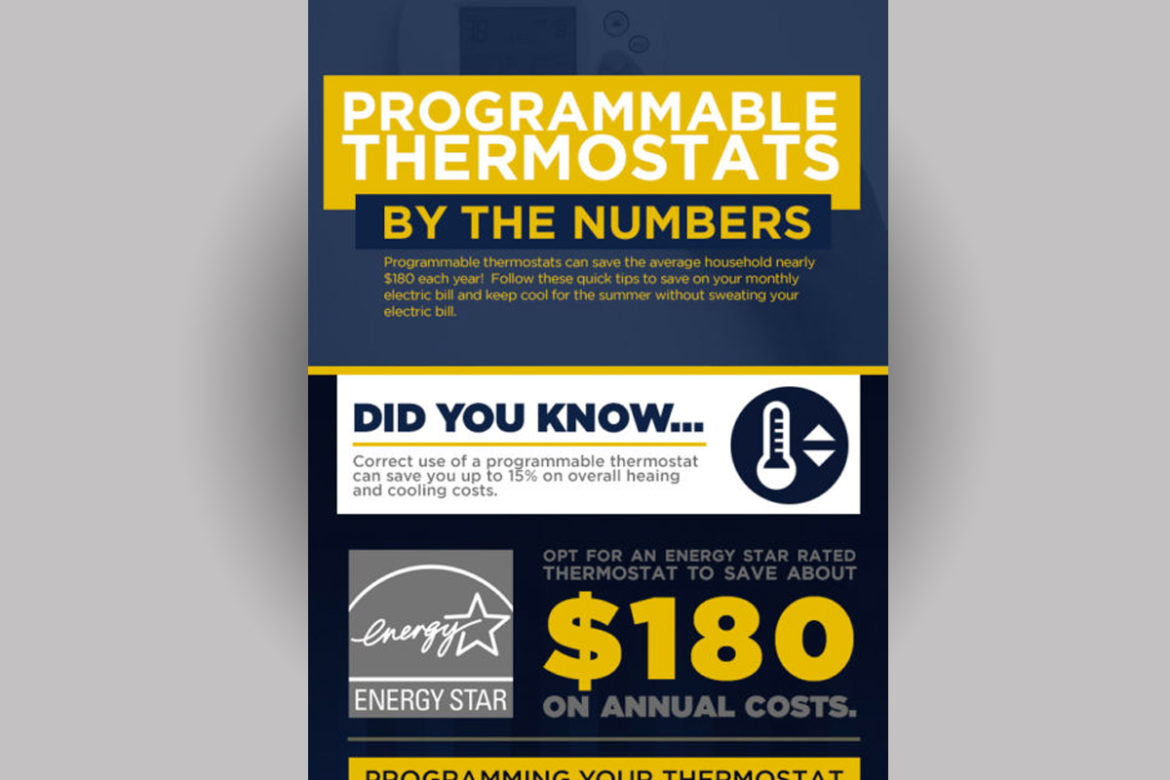Discover The Essential Techniques To Improve The Performance And Life-Span Of Your Heat Pump System By Avoiding Normal Installment Mistakes
Discover The Essential Techniques To Improve The Performance And Life-Span Of Your Heat Pump System By Avoiding Normal Installment Mistakes
Blog Article
Published By-McDougall Morris
When mounting a heat pump, you have to avoid typical errors that can threaten its performance. Neglecting proper sizing might cause inadequacies and higher energy expenses. Ignoring insulation and sealing might result in power wastefulness and stress on the system. Additionally, placing the exterior unit inaccurately may impact its performance. By preventing these errors, you can make sure optimal operating and toughness of your heatpump system.
Improper Sizing of Heatpump
When it comes to the setup of heatpump, among one of the most usual errors is incorrectly sizing the unit for your area. Making sure the right size is crucial for ideal efficiency. If the heatpump is too little, it will certainly struggle to warm or cool your space efficiently, resulting in increased energy costs and prospective deterioration on the system.
On the other hand, if the heatpump is also large, it will certainly cycle on and off often, causing temperature level variations and decreasing its life expectancy.
To avoid this blunder, it's vital to have a specialist analyze your room and advise the suitable dimension of the heat pump based on variables like square footage, insulation, ceiling height, and regional environment. By investing the moment and effort to make sure the right sizing, you can delight in a comfortable environment while maximizing energy efficiency and lengthening the life-span of your heat pump.
Inadequate Insulation and Sealing
To make certain the efficient operation of your heatpump, it's crucial to deal with poor insulation and sealing in your area. Proper insulation helps keep a constant temperature level indoors, minimizing the work on your heat pump. Inadequate insulation can bring about power loss, making your heat pump job harder and less successfully.
Securing any type of voids or leaks in your area is equally essential. These voids permit conditioned air to leave and outside air to leak in, forcing your heat pump to make up for the temperature level fluctuations.
Incorrect Placement of Outdoor Device
Dealing with the positioning of your heatpump's exterior system is essential to optimizing its efficiency. Installing the outdoor device in an incorrect area can result in effectiveness issues and possible damage to the unit.
One common mistake to prevent is putting the outside system too close to a wall surface or various other structures. https://www.thedrive.com/reviews/28651/best-ac-recharge-kits can limit air flow, triggering the unit to work tougher to heat or cool your area, inevitably reducing its effectiveness and life expectancy.
https://averagecosttoinstallheati90987.slypage.com/31723445/discover-the-essential-variables-to-consider-when-picking-the-ideal-size-heatpump-for-your-home-ensuring-ideal-comfort-and-efficiency to avoid is placing the exterior device in direct sunshine. While some sunlight is unavoidable, extreme exposure can lead to overheating, specifically throughout warm summer days. It's finest to place the exterior system in a shaded area to help maintain its ideal operating temperature.
In addition, ensure that the exterior device is put on a stable and level surface. Irregular ground can create vibrations and unnecessary stress on the unit, impacting its performance in time.
Final thought
Finally, preventing common errors during heatpump setup is important for making the most of efficiency and durability of your system. By ensuring https://landenhdxrm.smblogsites.com/31189107/a-contrast-of-air-resource-and-ground-resource-warm-pumps-identifying-the-most-effective-selection-for-you sizing, sufficient insulation, securing, and proper positioning of the outside unit, you can avoid concerns such as ineffectiveness, boosted energy costs, and stress on the system. Putting in the time to resolve these vital variables will eventually save you money and time over time.
